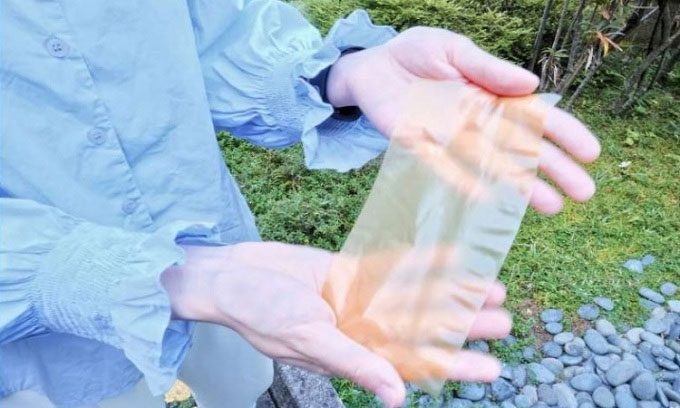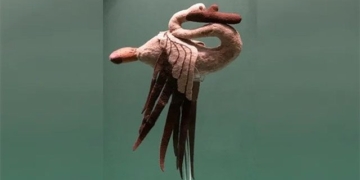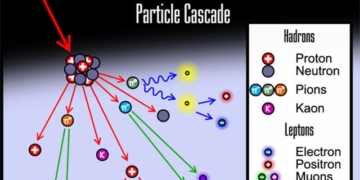Researchers in Singapore have designed a new type of paper that can be printed on and erased up to 8 times without affecting the quality of the paper or the printed image.

Environmentally friendly printing paper developed by Nanyang Technological University. (Photo: Nanyang Technological University)
The experimental material is being developed at Nanyang Technological University in Singapore, utilizing various techniques. Similar to soap production, the paper manufacturing process begins with potassium hydroxide to remove the outer shell of sunflower pollen grains. The soft material inside the seeds forms a gel. Researchers refine this gel using deionized water, then pour it into a flat mold and dry it. Once the gel dries into a thickness of 0.03 mm, they treat the final product with acetic acid to ensure the material is not affected by moisture.
The result achieved by the research team is a lightweight, soft, and more transparent paper than traditional paper made from wood pulp, which can still be fed into laser printers and printed using standard cartridges. Text and images remain on the paper even after being covered with tape and peeled off, or when the paper is soaked in water.
However, if the paper is soaked in an alkaline solution and gently rubbed for 2 minutes, the gel swells, causing the ink layer to break down and dissolve. At this point, the white sheet is soaked in ethanol for about 5 minutes to return the gel to its previous state. The paper is then dried and reprocessed with acetic acid. Finally, the material can be ready for printing again without affecting the durability or quality of the print. This entire process can be repeated up to 8 times with each sheet of paper.
According to the research team, another advantage of this new paper is that while traditional paper production requires cutting down a lot of trees, the pollen they use can be continuously collected from sunflower fields. Pollen from plants such as camellia and lotus can also be used as substitutes or combined with sunflower pollen. The research team, led by Professor Subra Suresh and Cho Nam-Joon, detailed the product in the journal Advanced Materials.


















































